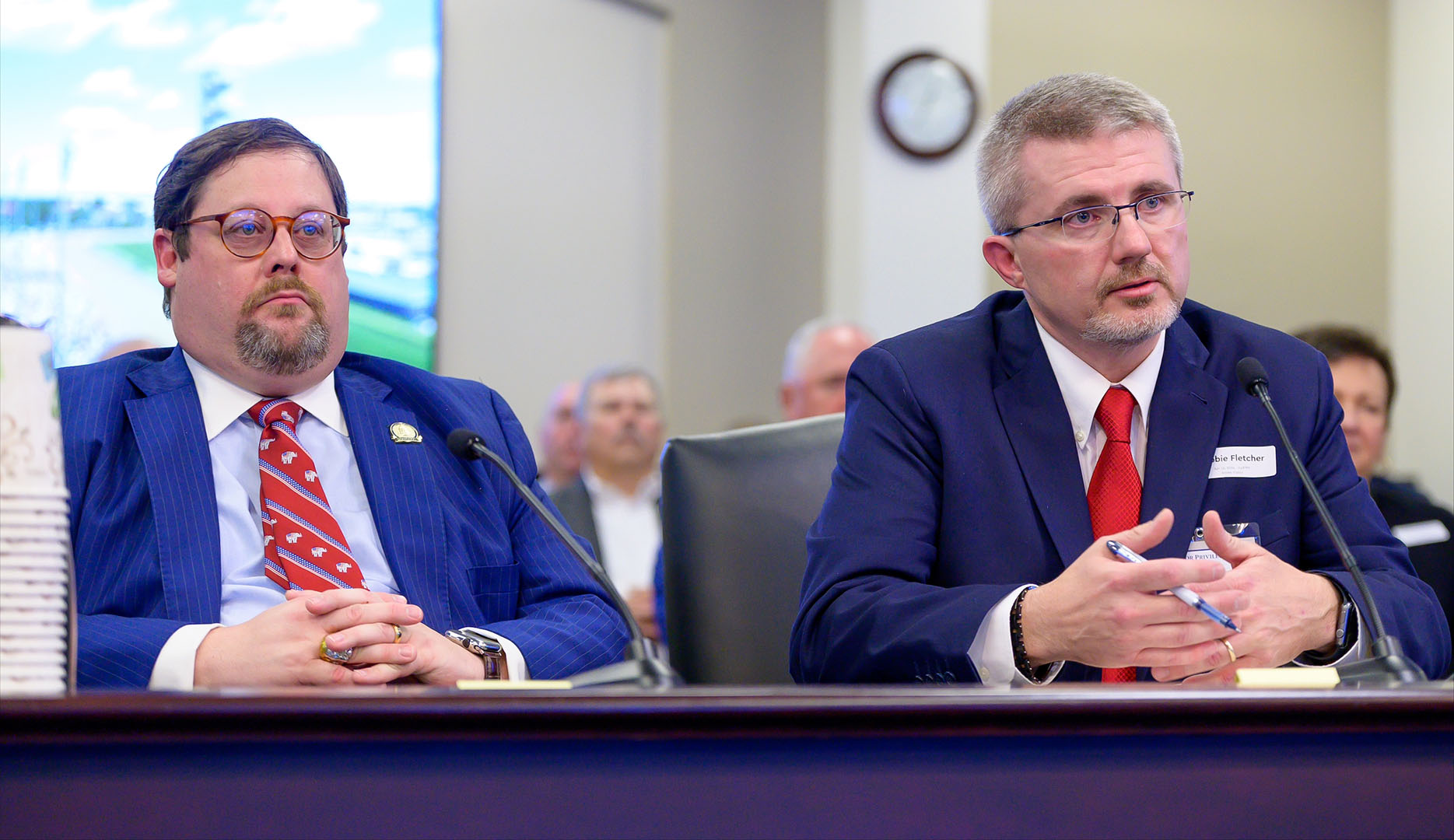(FRANKFORT, Ky.) – The U.S. Department of Education is seeking public comment on the proposed regulation to implement the requirement in Title I of the Elementary and Secondary Education Act (ESEA), revised as the Every Student Succeeds Act (ESSA), that federal funds must supplement, and may not supplant, state and local funds.
The proposal is supposed to help ensure that federal funds are additive and do not take the place of state and local funds in low-income schools, in keeping with the longstanding commitment under Title I that the nation’s highest need students receive the additional financial resources necessary to help them succeed.
This proposed rule is intended to mitigate discrepancies in educational resources and opportunities:
- Low-poverty and low-minority schools are twice as likely to offer a full range of math and science courses as high-poverty and high-minority schools;
- On average, low-poverty schools offer three times as many AP classes as high-poverty schools;
- Low-minority schools are twice as likely to offer dual enrollment or dual credit opportunities, compared with high-minority schools;
- Educators in high-poverty and high-minority schools are more than twice as likely to be in their first or second year of teaching, compared to their peers in low-poverty and low-minority schools.
The proposed regulation would give districts four options for annually demonstrating compliance with the support not supplant (SNS) requirement. For the first three options, a district would be required to distribute “almost all” its state and local funds to individual schools in order to be in compliance. The four options proposed are:
- Distributing state and local funds based on the characteristics of students – That is, using a per-pupil funding formula under which certain categories of students (students living in poverty, English learners, students with disabilities and other groups of students that the district determines are associated with educational disadvantage) generate higher per-pupil amounts, and then demonstrating that each Title I school receives all of the funds it is entitled to under the formula.
- Distributing state and local funds based on the average costs of personnel and nonpersonnel resources – Demonstrating that the state and local funding received by each Title I school is at least: (1) the average districtwide salary for each category of school personnel, multiplied by the number of school personnel in each category assigned by a districtwide formula to the school plus (2) the average districtwide expenditure for nonpersonnel expenditures, multiplied by the number of students in the school.
- Distributing state and local funds based on a state education agency-established compliance test – Distributing the funds in a manner chosen by the district that: (1) is applied districtwide; and (2) meets a state education agency-established “funds-based compliance test” that is as rigorous as the first two approaches and has been approved through a federal peer-review process. The proposed language provides that such an approach would be considered at least as rigorous as the first two options if it provides substantially similar amounts of state and local funding for Title I schools as the first two approaches.
- Distributing state and local funds using another methodology that results in each Title I school receiving, per pupil, at least 95 percent of the average per-pupil funding received by non-Title I schools – Under this option, referred to in the language as the “special rule,” a district may, in calculating expenditures: (1) exclude schools with fewer than 100 students; and (2) exclude non-Title I schools that receive additional funding to serve a high proportion of students with disabilities, English learners or students from low-income families (when those funds disproportionately affect the district’s average allocation to non-Title I schools).
The proposed rules would provide districts with several “flexibilities” in meeting one of the four tests.
Under the law, districts must demonstrate compliance by December 2017. The proposed regulation does provide additional time for compliance if needed, but districts must submit a plan in December 2017 to the state for how they will fully comply beginning in the 2019-20 school year.
The proposed regulation has drawn criticism from some national education groups.
The full text of the proposed regulation is available online here.
Education shareholders must submit comments on the proposed regulation at the Federal Register website by Nov. 7.
The Kentucky Department of Education will share its comments on the proposed supplement, not supplant regulation publicly and with the USED prior to the deadline.



Leave A Comment